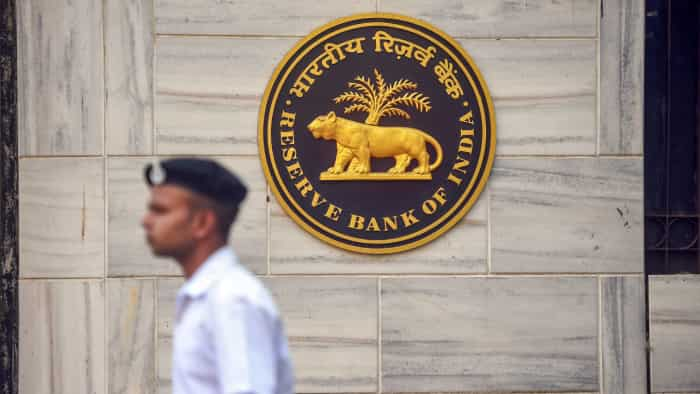Explained | What is a flash flood and what causes it?
Several districts in Himachal Pradesh are already facing flood fury following heavy rain the last two days. An orange alert has been issued for three districts. Flash floods have damaged roads, bridges, vehicles and shops in many districts of Himachal Pradesh.
)
The India Meteorological Department (IMD) on Monday predicted heavy rain in the Northern parts of India to continue for the next two days. As per IMD forecast, heavy rain will continue in various parts of northern states including Himachal Pradesh, Haryana, Punjab and Uttarakhand. However, the weather agency predicted heavy rain to subside in the next three days in these parts.
Several districts in Himachal Pradesh are already facing flood fury following heavy rain the last two days. An orange alert has been issued for three districts. The weather agency also issued alerts of flash floods and landslides for several districts.
Heavy Rainfall observed during 0830 hrs IST 9th July to 0830 hrs IST 10th July Today: Extremely heavy rainfall at isolated places over Himachal Pradesh.#HimachalPradesh #HeavyRainfall #WeatherAlert #Weather @moesgoi @DDNewslive @airnewsalerts@ndmaindia pic.twitter.com/S3ZSXPPvMO
— India Meteorological Department (@Indiametdept) July 10, 2023
Last week, parts of Goa also witnessed the occurrence of flash floods due to heavy rain. The IMD, on July 5, issued a warning for fishermen to avoid going to the sea. Heavy rain lashed Goa with many places in the state witnessing more than 100mm of rainfall in a day.
What is flash flood?
A flash flood is a sudden flood caused by rising levels of water following heavy rain. Specifically, the flood occurs within a small frame of time right after a precipitation event, which is less than six hours. It takes place in areas near water bodies, like rivers and lakes. However, it can also be caused due to breaking of dam or debris flow.
It is determined by numerous factors such as the intensity of the rainfall, the location and the distribution of rainfall along with the topography, vegetation types and growth. Not only in the rural areas, but urban areas are also prone to flooding. One of the reasons behind it could be the blockage of the drainage system which does not allow the water to drain out.
The flash flood, as the name says, spreads into large areas and inundates most of the areas without any warning to the people.
What causes flash floods?
Flash floods are usually the result of heavy rainfall. After the rain, the soil has to work as an absorber and absorb the precipitation. If it rains continuously and exceeds the capacity of the soil to absorb, it will overflow.
Additionally, sudden release of water from any reservoir and floating debris can also create disastrous floods.
Get Latest Business News, Stock Market Updates and Videos; Check your tax outgo through Income Tax Calculator and save money through our Personal Finance coverage. Check Business Breaking News Live on Zee Business Twitter and Facebook. Subscribe on YouTube.
RECOMMENDED STORIES

Power of Rs 15,000 SIP: How long it will take to achieve Rs 7 crore corpus? See calculations to know

Power of Rs 5,500 SIP: In how many years, Rs 5,500 monthly step up SIP can generate over Rs 10 crore retirement corpus

Katra-Srinagar Vande Bharat Train: Northern Railway announces train timings; check fare, route and other key details
09:53 PM IST









 Himachal flash flood, landslide: 14 feared dead in HP's Mandi district
Himachal flash flood, landslide: 14 feared dead in HP's Mandi district Dharamshala flash floods after heavy rains: Cars, buildings swept away - Check details
Dharamshala flash floods after heavy rains: Cars, buildings swept away - Check details